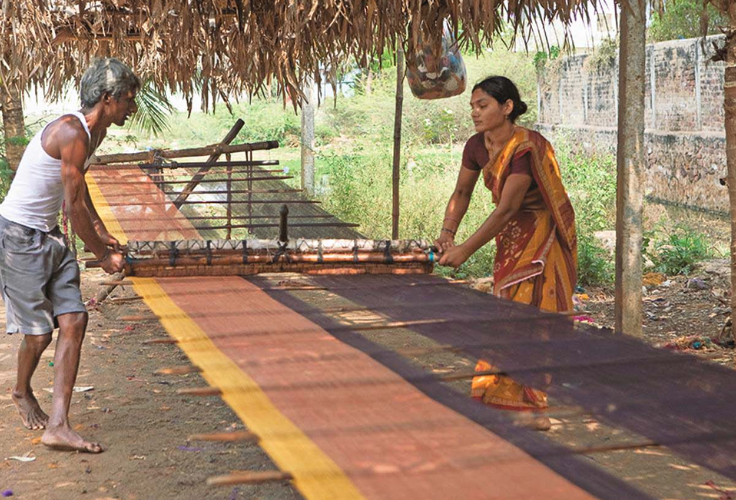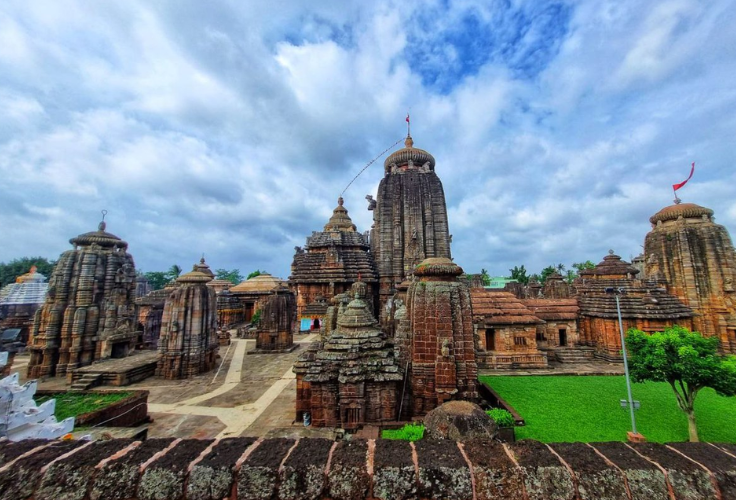Day 6: Visit the Bantu Textile Village and Pipili Applique Work Village
After breakfast, visit the Bantu textile village, where the weavers weave only the
traditional wrappers and napkins. Then proceed with Pipili, which is well known for its
Applique work. "Applique" comes from the French word applique, meaning "to put on.”
There are two variants to this technique: applique, where a fabric shape is sewn over a
base layer, and reverse appliqué, wherein two layers of fabric are laid down, and a
shape is subsequently cut out from the upper layer, exposing the lower layer, before
both are stitched together. Pipili appliqué's work owes its origin to the culture of Lord
Jagannath. During the 12th century, applique umbrellas and canopies were prepared by
the Gajapatis for the annual Ratha Jatra of Jagannath. Nowadays, its usage is more in
household, decorative, and festival products. The base cloth includes waterproof
material for umbrellas, velvet for tents, cotton, and threads. Mythical and natural figures
are used for the work, including peacocks, ducks, parrots, trees, elephants, creepers,
flowers such as jasmine and lotus, the Sun, a half-moon, and Rahu (a mythical demon
who once swallowed up the sun). The craft involves embroidering and stitching. For
attaching the pieces of cloth, the makers use straight stitch, satin stitch, blind stitch, or
buttonhole stitch. Sometimes, they also make mirror work and many decorative stitches.
We will see the details of one of the workshops. Then, I went back to Bhubaneswar and
stayed overnight. The next day, check out from the hotel and return to Hyderabad.





